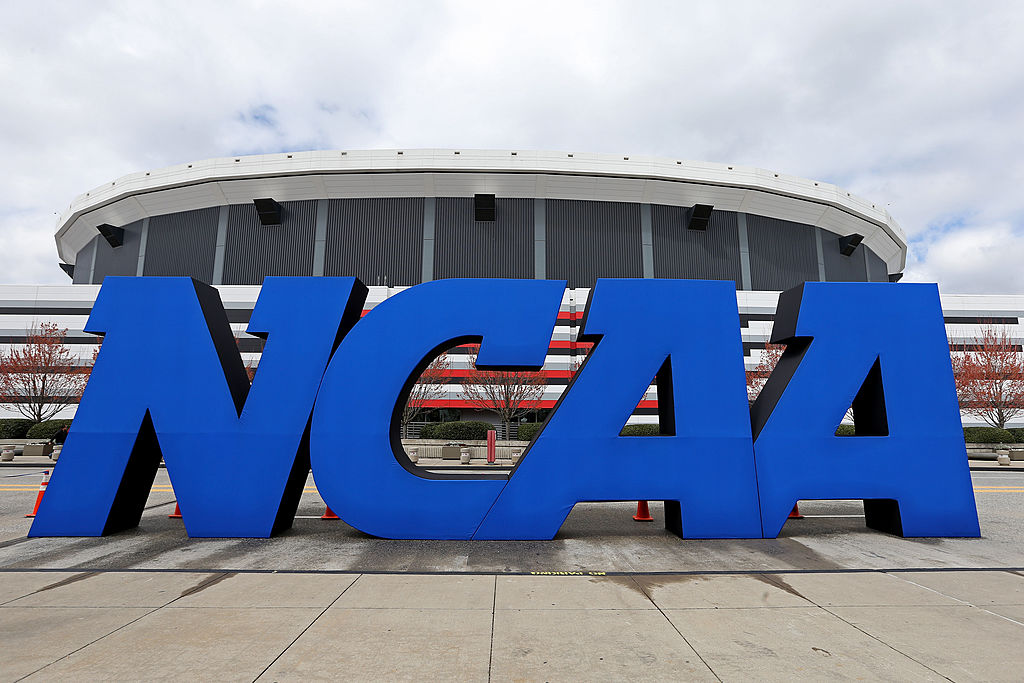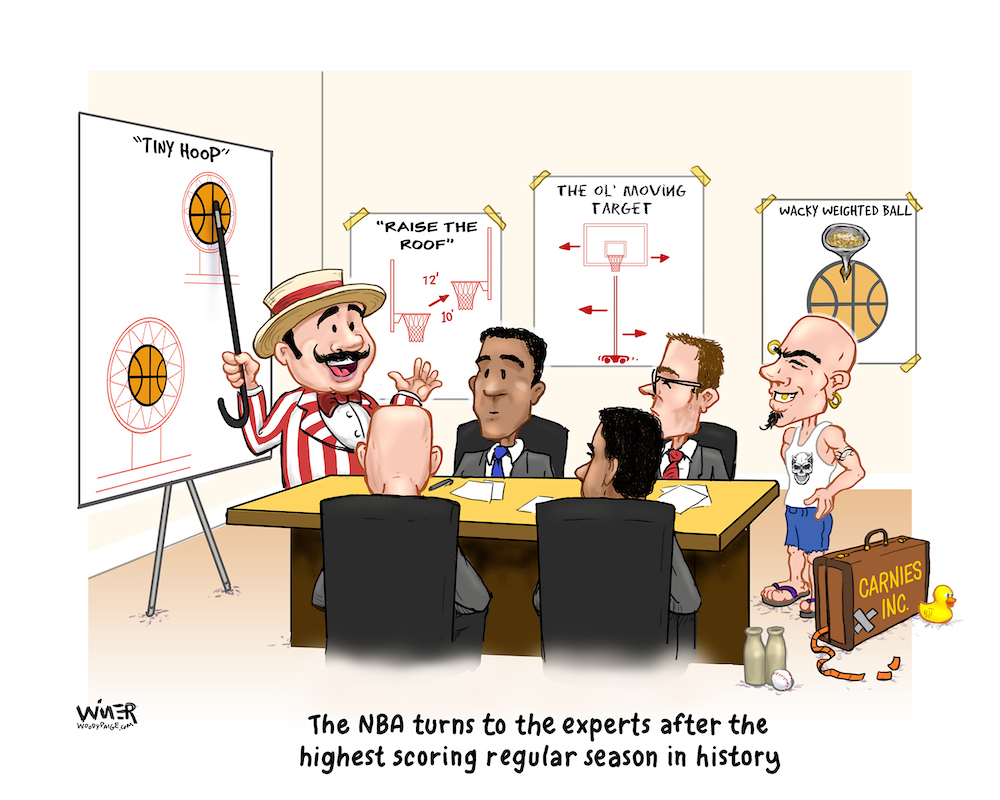What has happened to the “college athletes should be getting paid” crowd, now that there’s a very real possibility that we may not have a college football season in 2020?
Have the Jay Bilas’ of the world (and this is not to single out the very talented ESPN college hoops broadcaster – he’s just become the de facto spokesman for this large group) seen enough?
Now that the curtain’s been pulled back and we’re seeing, in the face of catastrophe, the actual fragile financial footing of college athletics? This is a business based largely on the spending of people’s discretionary income after all.
It can’t be that big of a surprise.
If there’s no college football this fall, on the heels of no March Madness this spring, then college athletics as we know them – big conferences, bowl games, the college football playoffs, NCAA hoops tourneys and the College World Series – could cease to be. No sooner was March Madness over than schools began tightening their belts as fear – physical and financial – took up residence on campuses across the country. Doesn’t the fact that the initial loss of revenue sent a shock wave through the NCAA tell you that the member schools aren’t simply awash in cash as some seem to think, and that they can’t afford – under the best of circumstances – to pay salaries to student athletes?
It’s very simple: Roughly 85% of collegiate sports programs LOSE money every year. Football (and in some places, basketball and even baseball) brings it in, while soccer, softball, track and field, lacrosse, volleyball and the rest LOSE money annually. Two of the schools with the largest incomes, Ohio State and Michigan, are also the biggest spenders; losers when it comes to the bottom line of their non-revenue sports. Football revenues – without paying salaries to players – pay for everything else.

When the school year is over, and the books are balanced, the non-revenue sports are in the black only because of football. Yes, some coaches get to have oversized contracts. Some – not most. Fact is, the vast majority college athletic programs that bring in big revenue turn around and spend it – get this – on their student athletes. And not just the one’s you see compete on TV.
So now that we’re seeing the possible collapse of the college athletics model, what’s going to happen to the athletes – many of whom aren’t all that concerned about being students – who still hope to earn a living playing their sport?
Does the “pay the players” crowd have an answer for that?
How’s this: We put the onus where it belongs – on the pay-for-play leagues, the NFL and NBA.
If the “pay the players” crowd is so concerned about the financial well-being of these kids, then now’s the time for them to shift the focus of their ire. Time to start directing complaints not at the NCAA, but at the NFL and the NBA. Demand that they develop and/or expand minor league systems for young players who are less interested in the student part of student-athlete and more interested in an immediate paycheck.
The NFL and the NBA should be the ones paying prospective professional athletes, not universities.
“Hockey and baseball in particular are the two (NCAA sports) that have it right,” says Jeff Hurd, Commissioner of the Western Athletic Conference. “Universities aren’t set up to be employers of student-athletes.”
What hockey and baseball already do is offer high school graduates a choice: Sign a pro contract out of high school and start getting a paycheck as a minor leaguer; OR sign on with a college program and get some scholarship aid and a chance to earn a degree before you head out into the adult world. If college hockey and baseball are significantly damaged, the young players in those sports will still have an option to play-for-pay.

At the present time, football and basketball players don’t.
However, this could change…quickly.
For instance, if there isn’t a college football season this fall, what would stop Clemson quarterback Trevor Lawrence (about to enter his junior year and be eligible for the NFL a year from now) from signing on with the XFL for the spring of 2021? Dozens of other college players with professional ambitions could do the same. Why shouldn’t they? The XFL has no rules against it.
And the NBA already has a developmental league. They just have to expand it a little (add three franchises) and open it up to graduating high school kids. Give basketball players that same choice, especially now.
If anything remotely positive comes out of this national nightmare we’re living through at the moment, maybe it will be the acceleration of the development of “minor league” systems for the NFL and NBA. And it would probably happen quicker if Bilas and Company got behind the idea.
Listen to Mark Knudson on Monday’s at 12:30 with Brady Hull on AM 1310 KFKA and on Saturday mornings on “Klahr and Kompany” on AM 1600 ESPN Denver.
More from The Woody Paige Sports Network:
- Woody Paige: Six-time Olympic medalist Amy Van Dyken-Rouen glad 2020 Games postponed
- Woody Paige: Medal dream is still alive for Paralympian Stetson Bardfield
- It’s time for the final buzzer to sound on 2019-20 NBA, NHL seasons
- Betting odds for where Cam Newton will play in 2020
- Woody Paige: Latest John Elway comeback off to a good start for Broncos
- Around the Home: Panelists react to news that NBA players test positive for COVID-19
- Super Bowl LV odds shift following Tom Brady free agency decision

















